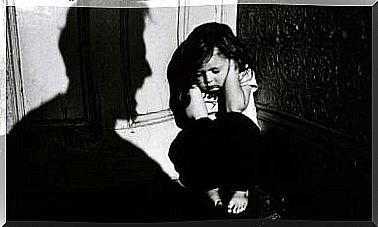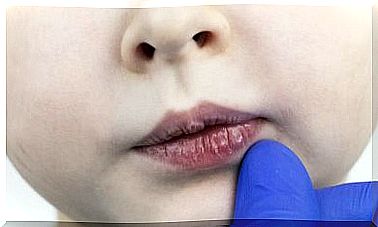Allergy Tests In Children: What Do They Consist Of?
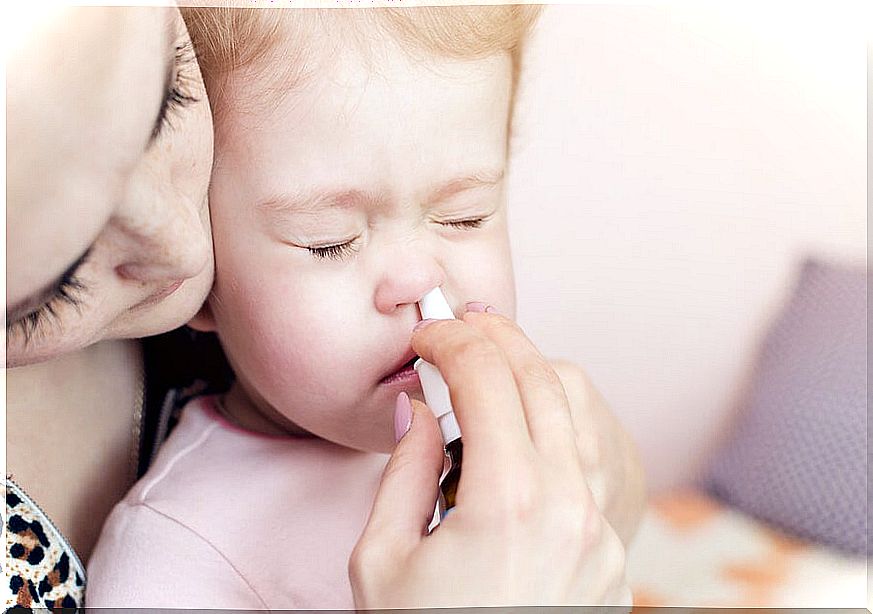
Allergy testing in children consists of a series of tests that include skin studies, food intake, and blood tests. These allow to know if there are substances that can arouse hypersensitivity in the organism of the little ones.
Currently, there is an increase in allergic diseases in children. It is motivated, in part, by increases in sanitation and hygienic lifestyles; This has led our systems to turn their attention to immune responses and not to fighting infectious diseases.
Without a doubt, allergy testing has become imperative in children from an early age. For that reason, we bring you all the information you need to know so that you can identify possible allergies in your children from the hand of a professional.
Allergy tests in children: what do they consist of?
There are many substances that can generate allergic states in children. They can be food, medicine, contact with animals or insects such as acari – commonly known as mites – and blooms.
The reasons why organisms respond negatively and susceptibly to these substances also differ from person to person. However, it is estimated that many of the allergies are directly related to the genetic makeup of individuals.
At present, specialists recommend that parents perform allergy tests on their children due to the increase in visits to the doctor for situations in which the child has outbreaks.
Also, because many parents confuse food intolerances with food allergies. They are not the same: in the former, the metabolic system is the one that is affected; in allergies, the problem occurs in the immune system.
To avoid this, or for parents to start discarding foods, substances and medicines at random, it is recommended to clear up doubts by going to expert and qualified personnel.
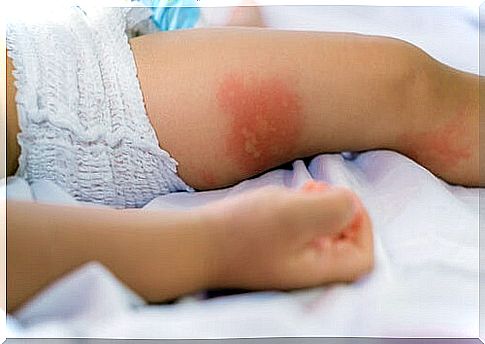
Types of tests to rule out allergies
The most important consideration to take into account, and one of the most common questions in parents, is from what age allergy tests can be performed on children. It is also important to know if these evaluations will lead to any pain or illness.
The answer is that food and drug allergy testing should be done as soon as possible; otherwise, a diagnosis that is generally present in the child from the first days of birth may be delayed.
Meanwhile, respiratory allergies due to blooms or contact with animals are made when the child is about one or two years old, since they appear after prolonged exposure. With regard to pain, the tests are not invasive and the discomfort is small and temporary.
Puncture test
It is also called prick test; It consists of applying samples of the allergen element subcutaneously and observing how the skin responds after twenty minutes. This test is the most recurrent, as it is quick and painless, with very low margins of error.
Variations of this test are the prick-prick test, in which the concentrations and natural state of the allergen vary; and intradermal reactions, in which substances are injected into deeper layers of the skin.
Patch testing
It is done by adhering a patch for 48 hours with the substance to be studied as an allergenic agent ; then their reactions on the child’s skin are studied.
Blood tests
Generally, blood tests are performed if after going through the skin tests it has not been possible to reach a conclusive diagnosis. Then, the child’s allergy antibody levels will be measured with his blood.
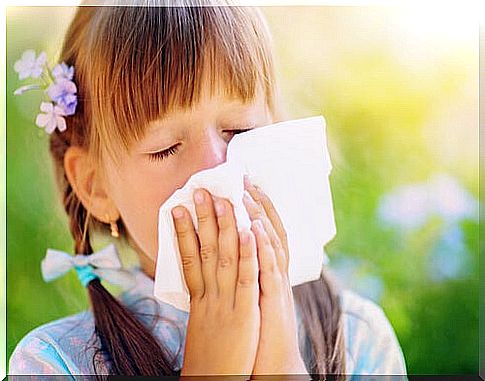
Provocation tests
It consists of administering the substance that causes allergy to the child through four different types of routes: bronchial, nasal, oral and conjunctival.
All these tests must be applied by a specialist doctor; they are usually performed by an allergist. Of course, they should never be done as an experiment at home ; In addition to the fact that the measuring instruments will not be available to reach correct conclusions, it can cause damage to the child’s health.
Finally, remember that you should always consult your doctor if you have any questions. He will tell you, after an oral evaluation of the child’s conditions and recurrence of allergies, which type of test is the most appropriate for your little one.



